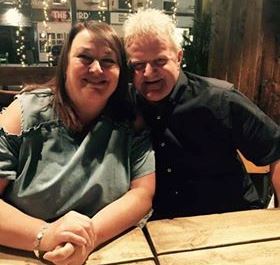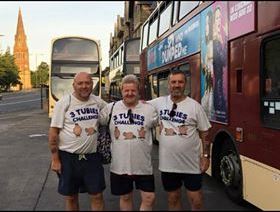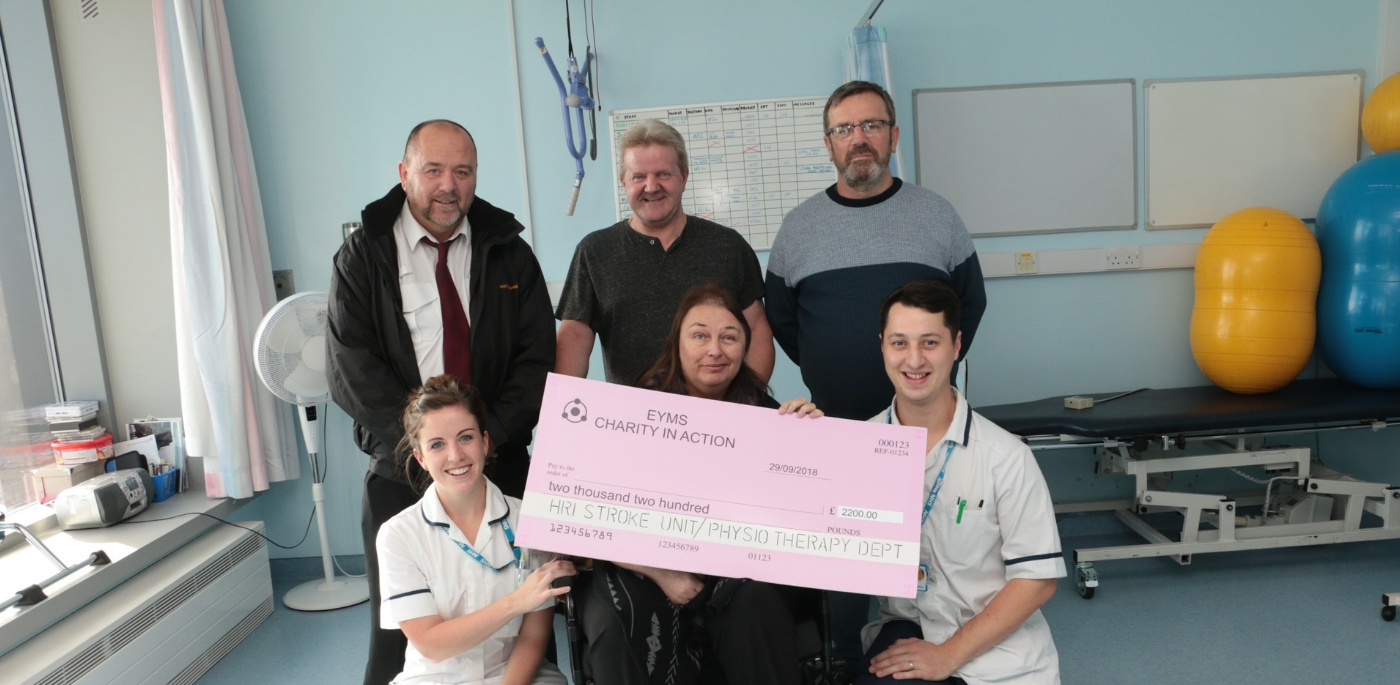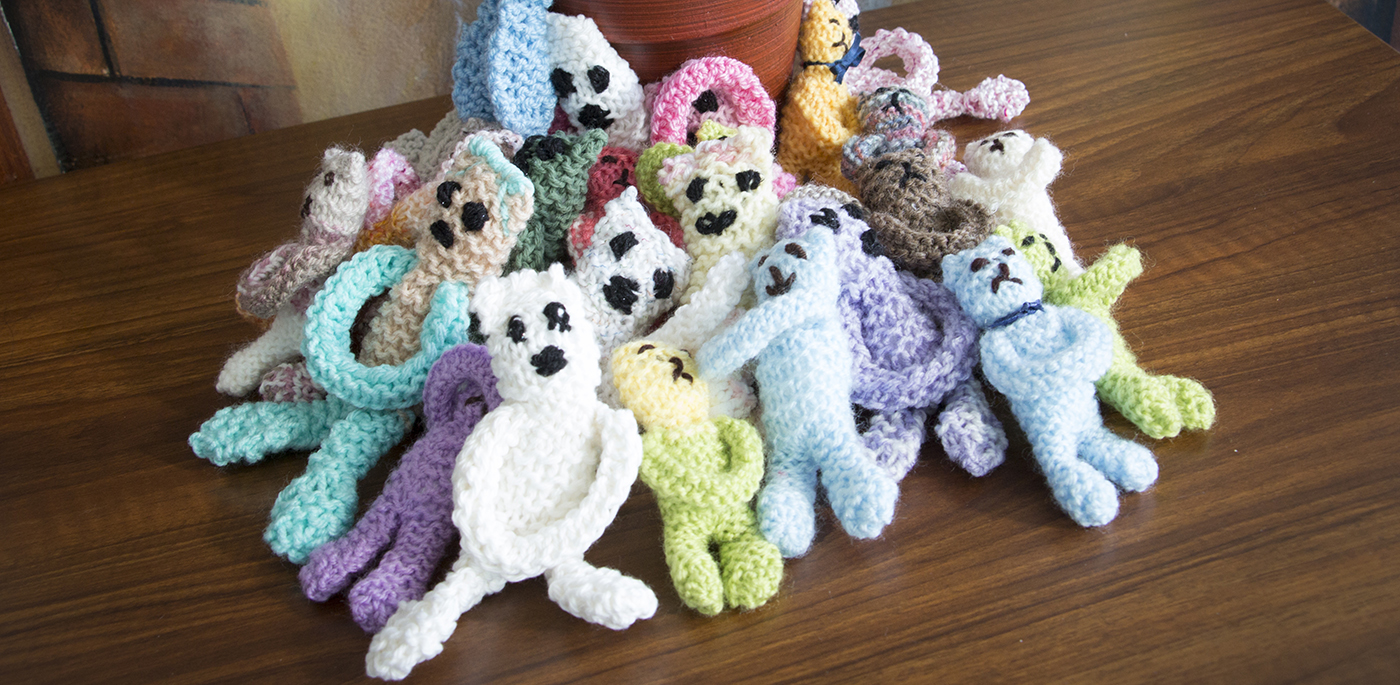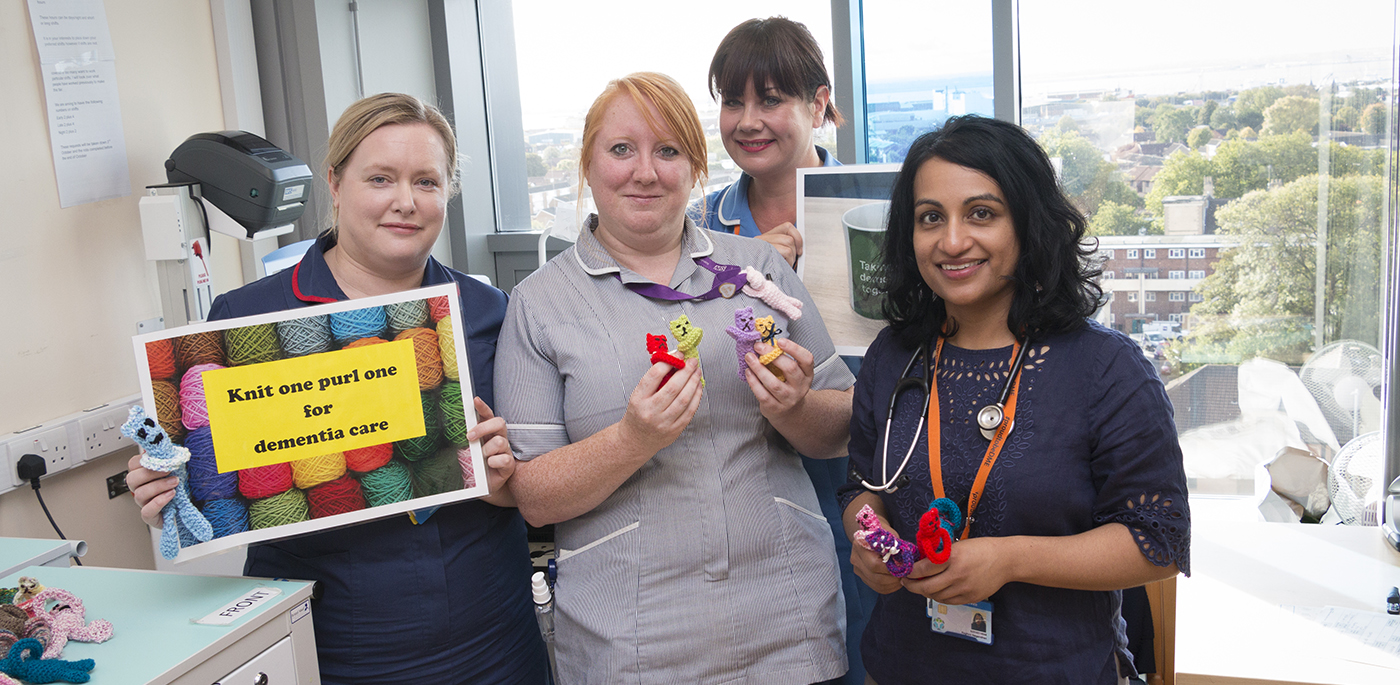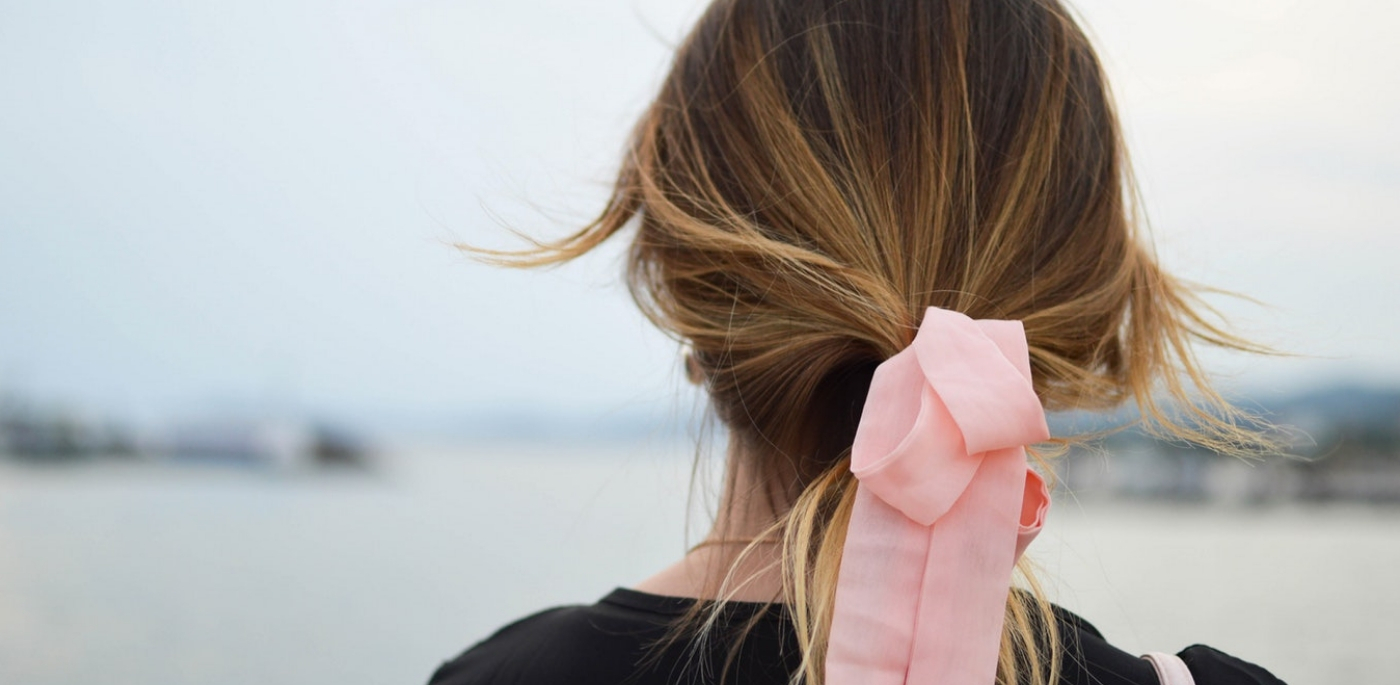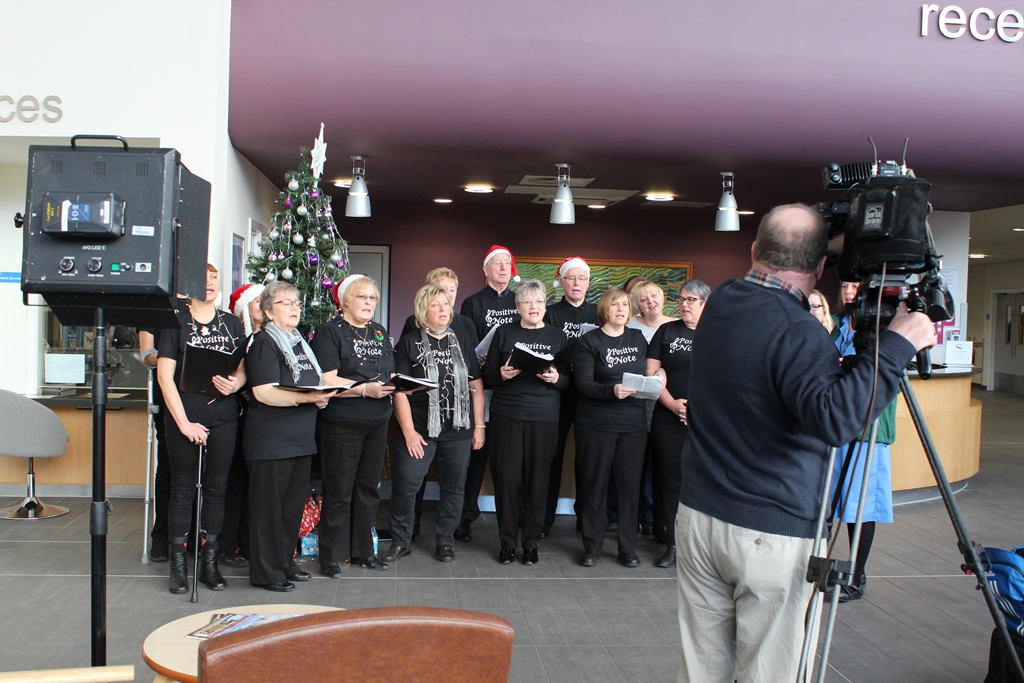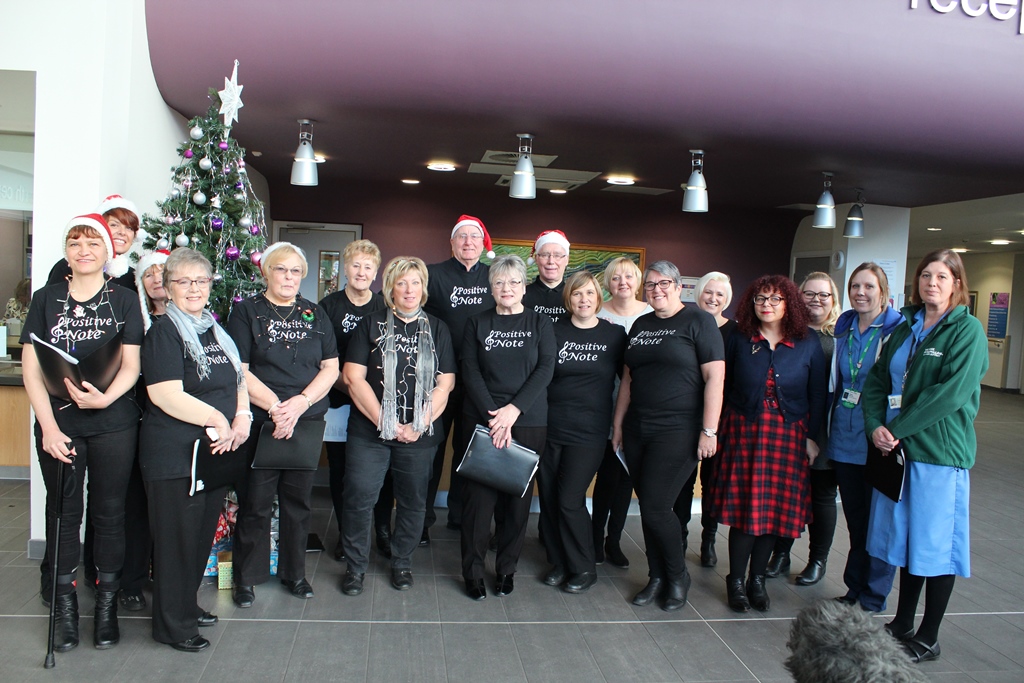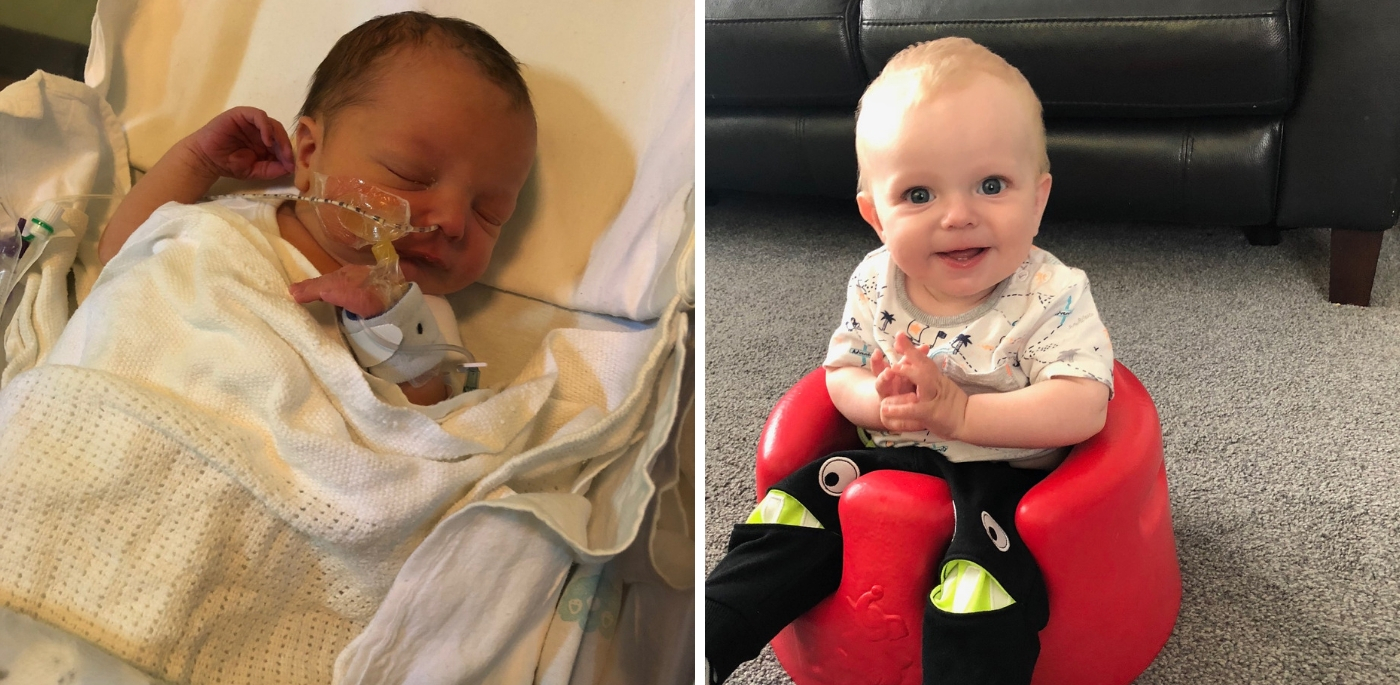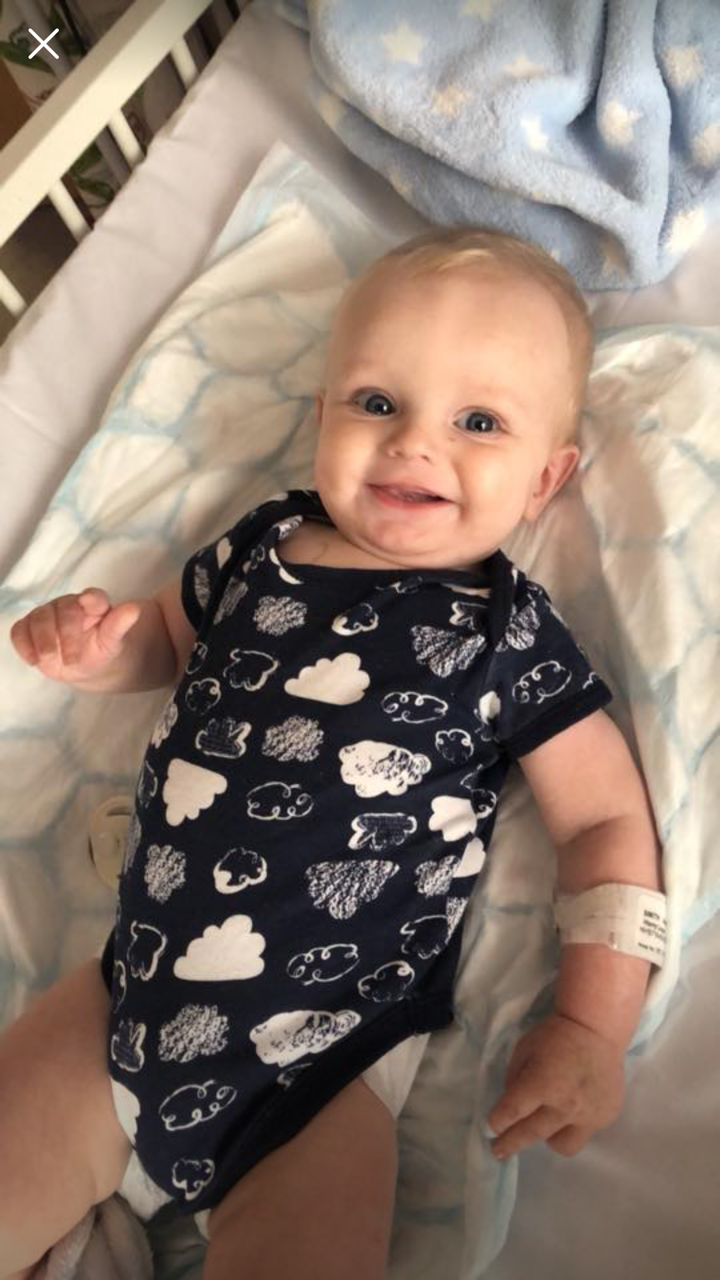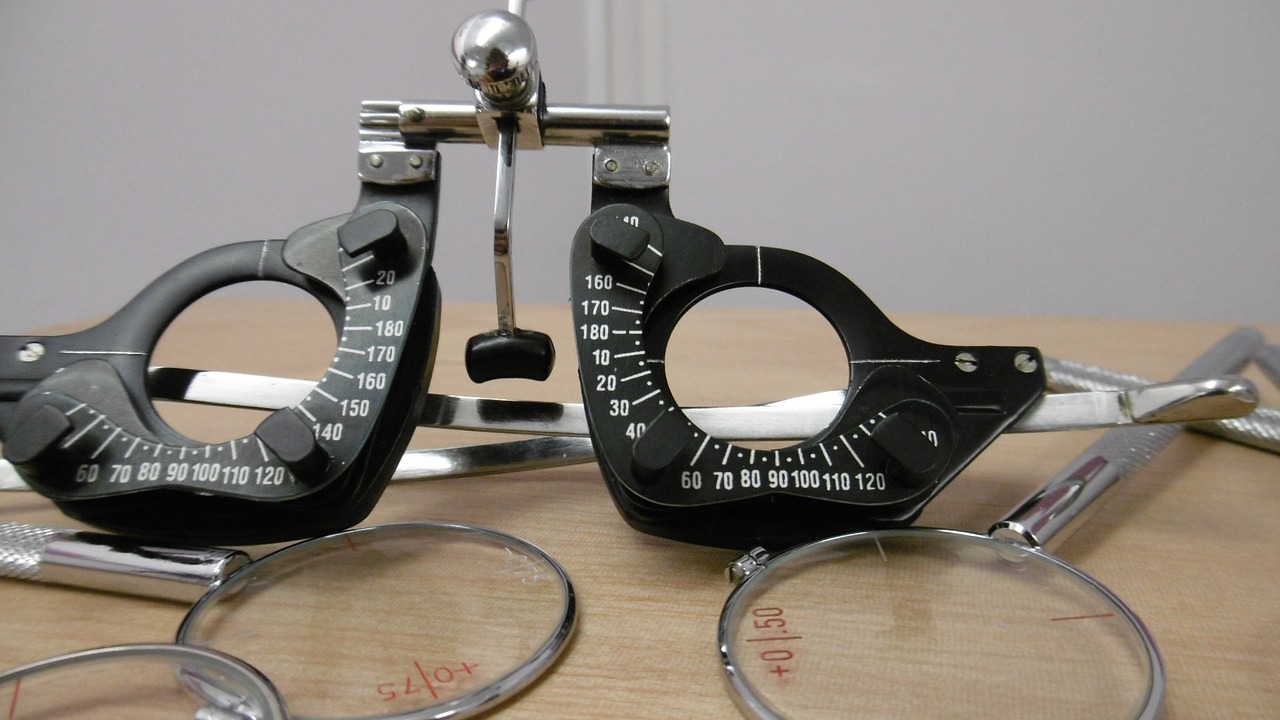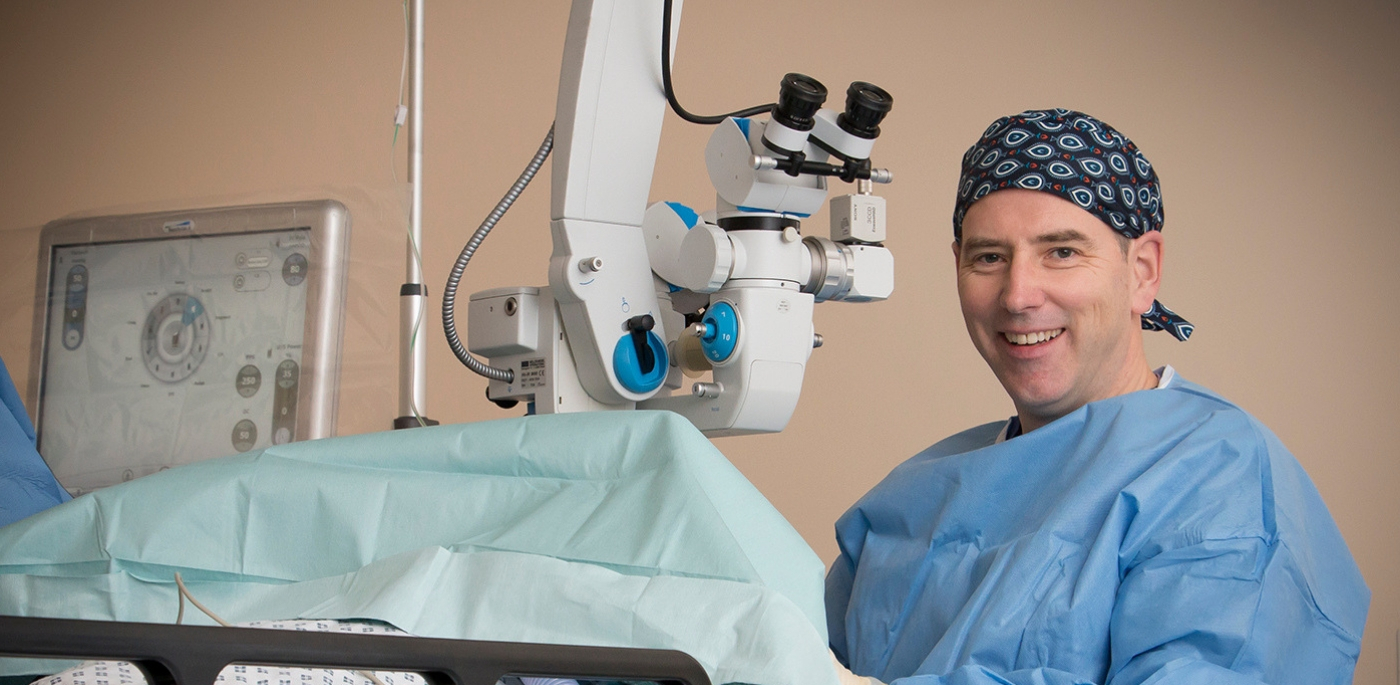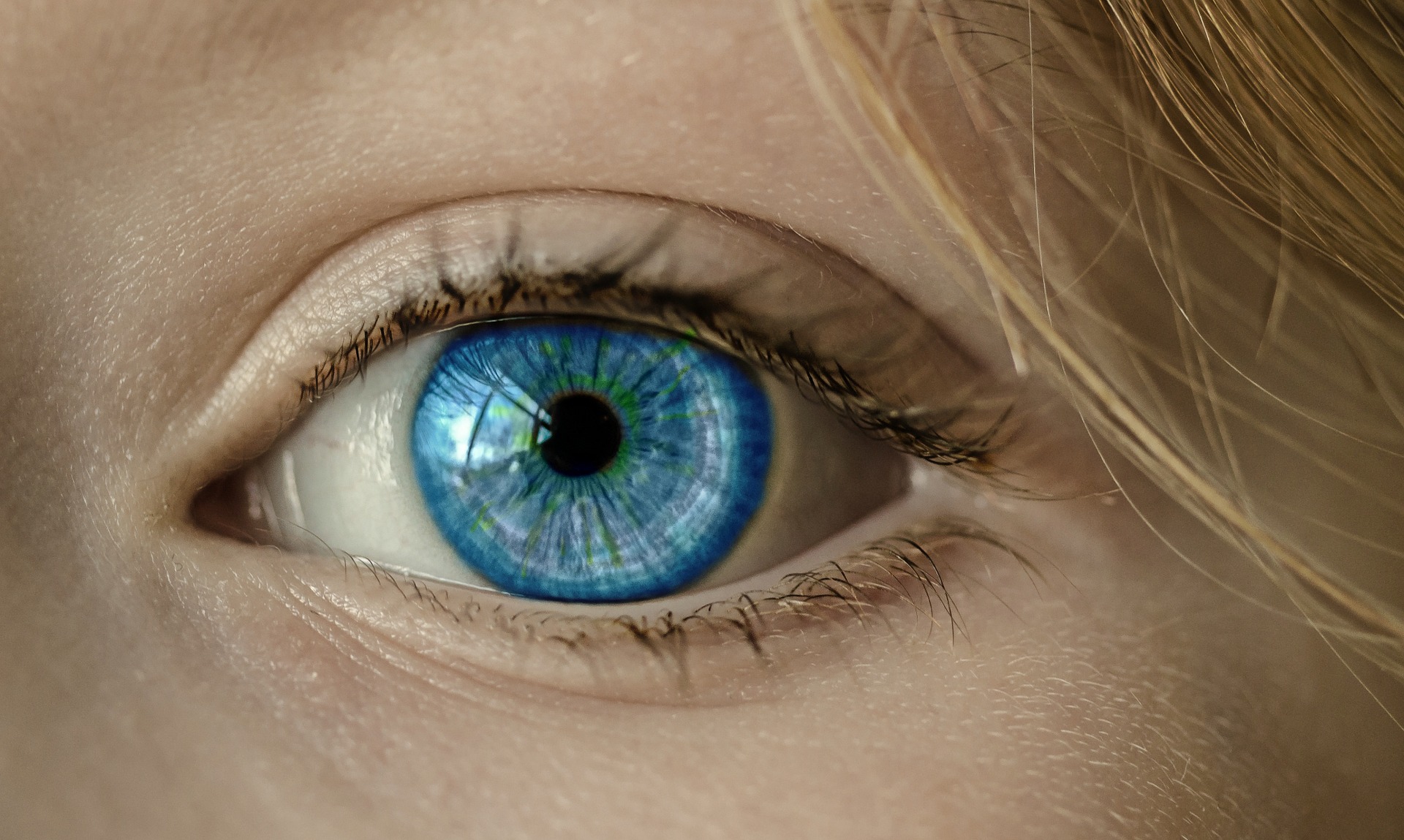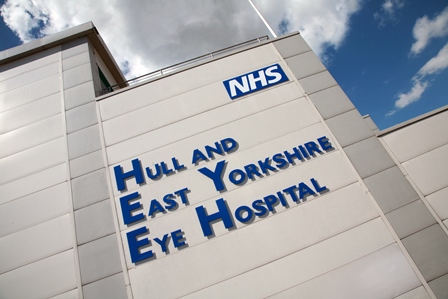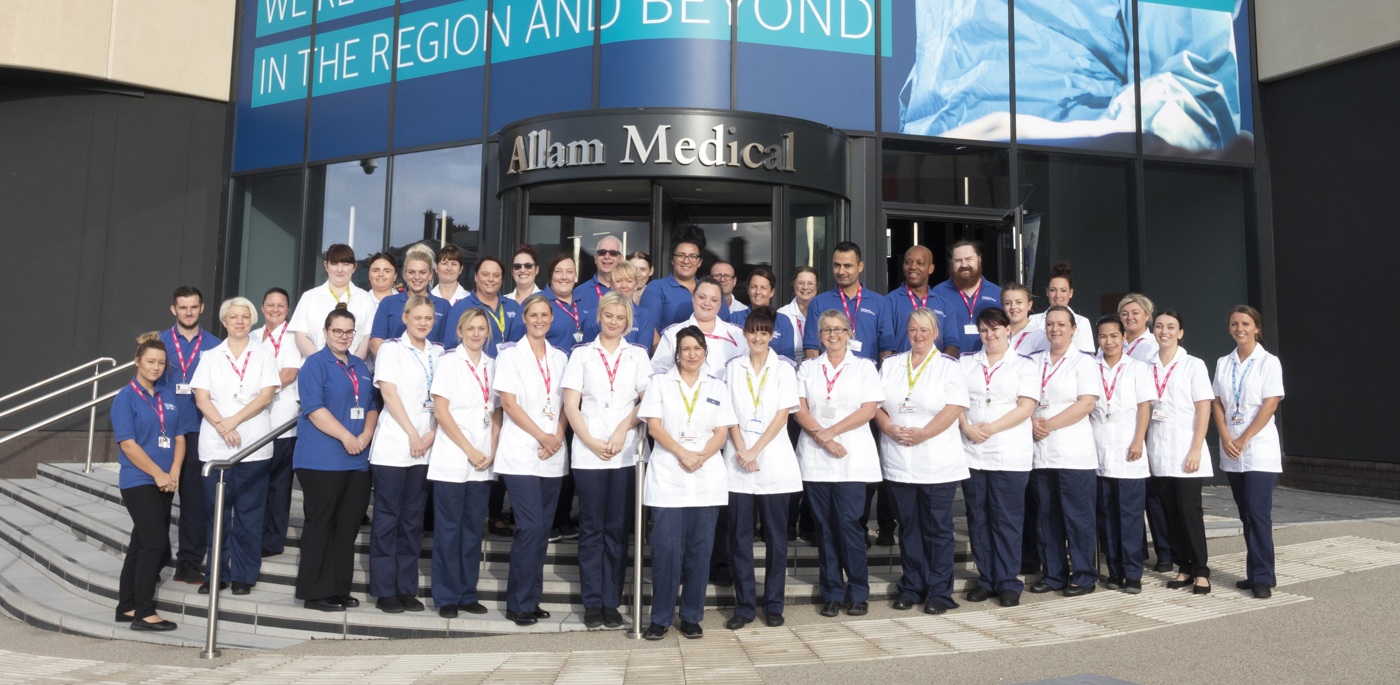Three new roles have been introduced in Hull where people can earn while they learn to achieve their dreams of careers in nursing.
Hull University Teaching Hospitals NHS Trust is working with the University of Hull and Hull College to promote alternative pathways into nursing alongside the traditional three-year nursing degree course.
Students have just begun a Trainee Nursing Associate programme in conjunction with the University of Hull, combining four days of hospital-based experience with classroom learning while earning a wage.
Other students have also started three-year nurse apprenticeships, a new route into nursing where they will be paid to work at Hull Royal Infirmary and Castle Hill Hospital at the same time as attending university.
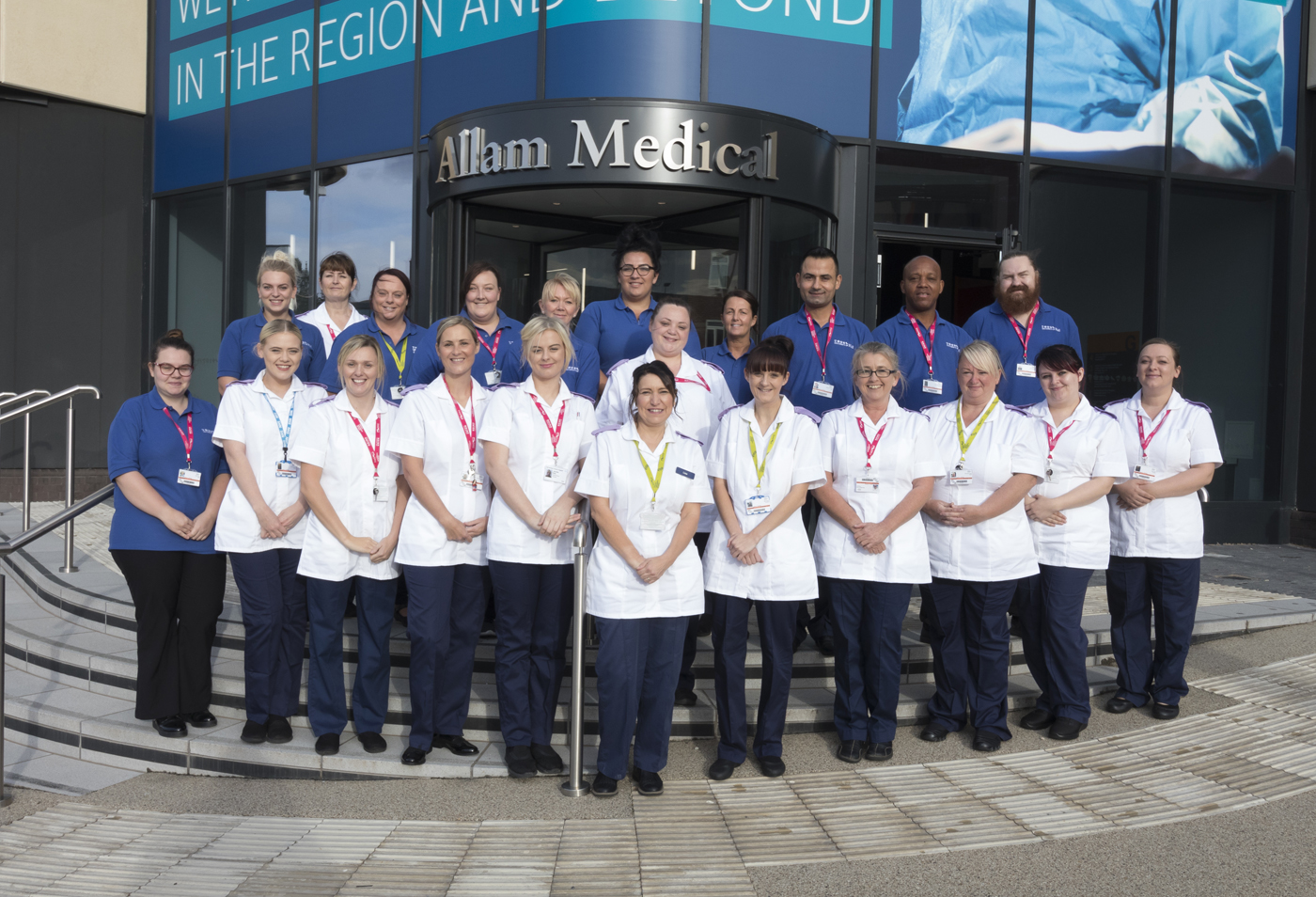
Nursing associates outside the Allam Medical Building
Next month, 15 health care support worker apprentices will also earn a salary during an 18-month educational programme run by Hull College, the University of Hull and the trust to gain a Level 3 BTEC in Health Care.
Practice Development Matron Nicola Buckle said: “These new roles allow us to offer an alternative pathway into nursing as the traditional route of a three-year degree is not an option for everyone.
“We’ve worked with the University of Hull and Hull College to create these new routes into nursing so people in our community can achieve their ambitions.
“It’s no secret that the NHS is facing national recruitment challenges so these new pathways will allow us to grow our own nursing staff as well as offer new opportunities to our own workforce.”
Professor Julie Jomeen, Dean, Faculty of Health Sciences at the University of Hull, said: “We are delighted to be working in partnership with Hull & East Yorkshire Hospitals NHS Trust and Hull College on these new innovative career pathways.
“As a university we look for ways to address the needs of the local population and NHS service providers. Accessible courses that guarantee a career on completion do just that and we continue to build our apprenticeship portfolio, working closely with the trust.”
The Trainee Nursing Associate role is a two-year practice-based foundation degree programme and 19 are set to qualify in May after the trust was chosen to pilot the course.
The new intake of 15 students starting this month will work four days a week at the trust, with three of those days on a ward. The fourth day will be spent on placement in an area linked to their chosen specialty.
They will attend university one day a week, qualifying as a registered Band 4 Nursing Associate in September 2020, and will be paid by the trust throughout their studies.
While working in the hospitals, Trainee Nursing Associates will wear navy blue trousers and white tunics with lilac epaulettes to distinguish them from other members of staff.
Upon qualification, they can either join the trust as Band 4 Nursing Associates or continue their studies for a further year to become registered nurses.
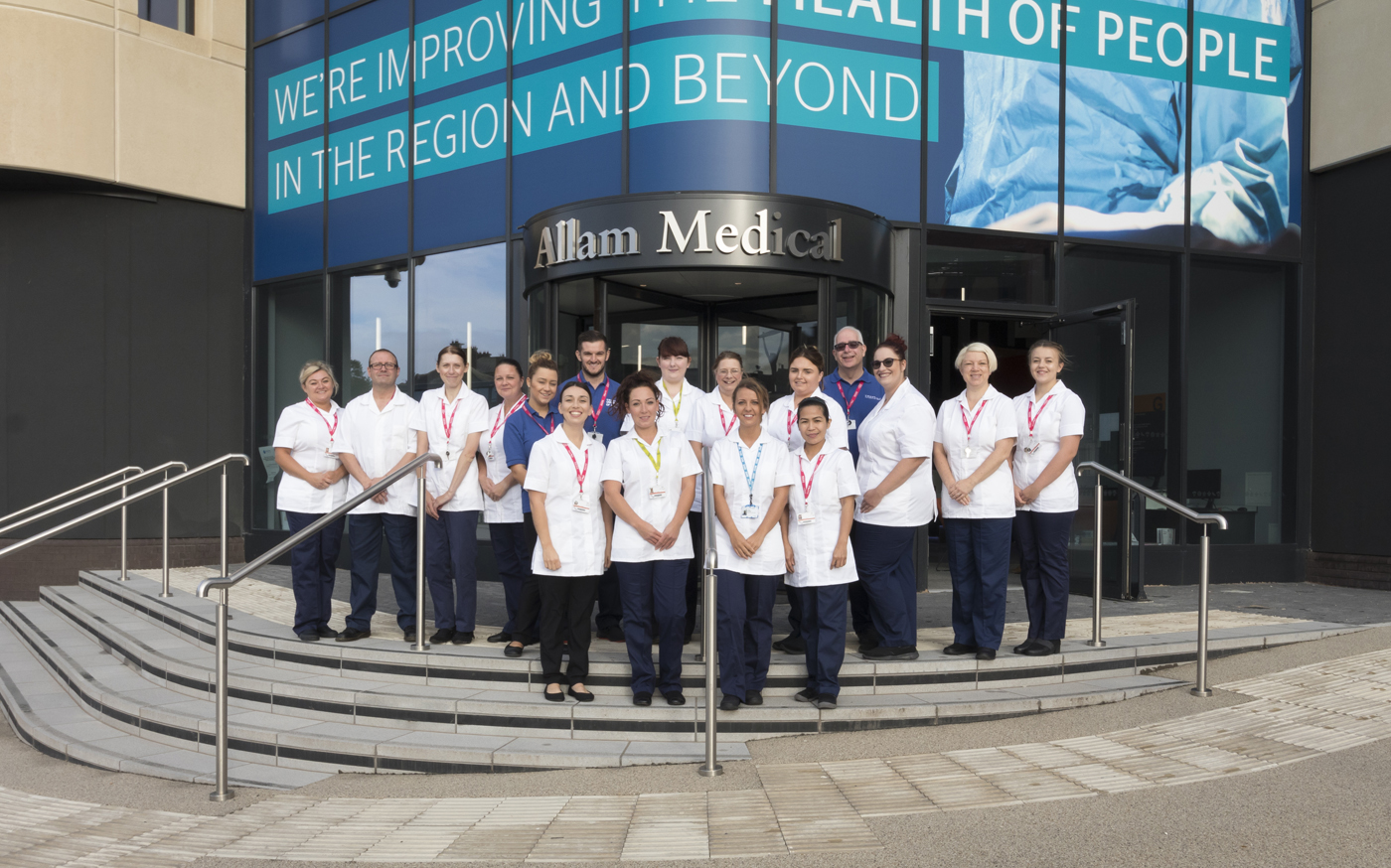
Nurse apprentices
The Nurse Apprentices is a new route into nursing. Some of the students beginning the course this month already worked for the trust in different roles, either as health care assistants or administrative staff, but wanted to progress a career in nursing.
Wearing navy blue trousers and white tunics with green epaulettes, they will be paid an apprentice’s salary by the trust while they learn. They will be based on a ward for one day a week and spend three days a week on placement, taking in nine different placements such as surgery, medicine, community and mental health. They will also attend the University of Hull for one day a week.
The Nurse Apprentices will qualify as Band 5 registered staff nurses at the end of the three-year course but without accruing the £27,000 course fees associated with a traditional nursing degree. This makes nursing a more viable option to people already in paid employment who faced the prospect of giving up a salary to study before the new course was introduced.
The Health Care Support Worker Apprenticeship is the third new role and is a partnership between the trust, Hull College and the University of Hull.
Open to school leavers and students over 16, the students, who will also be paid an apprentice’s salary, will be encouraged to use the BTEC qualification in health care as an entry requirement for a nursing degree.
They will wear navy blue trousers and white tunics with grey epaulettes to spend 80 per cent of their course with the trust, learning fundamental nursing care such as assisting patients with their washing, dressing and hygiene needs, food and nutrition and skin integrity. The other 20 per cent of their course will be spent at Hull College.
Practice Development Matron Simon Knopp said: “We look forward to welcoming these 45 students into the trust and supporting them as they work towards their qualifications.
“Our new routes into nursing mean people who felt they couldn’t afford to give up work while studying to become a nurse now have new routes open to them.
“This is a positive development for our staff and our community by ensuring we have a workforce, trained to the highest standards, to provide first-class care for our patients.”
Michelle Swithenbank, CEO and principal of Hull College, said: “As a former nurse, I am passionate about helping young people embark on rewarding and successful careers in healthcare.
“We recognised that there was a need to deliver training linked to employment within the sector which is why we approached both the University of Hull and Hull University Teaching Hospitals NHS Trust.
“This gives students an excellent opportunity to begin an apprenticeship knowing that there is a career opportunity for them at the end of it.”
